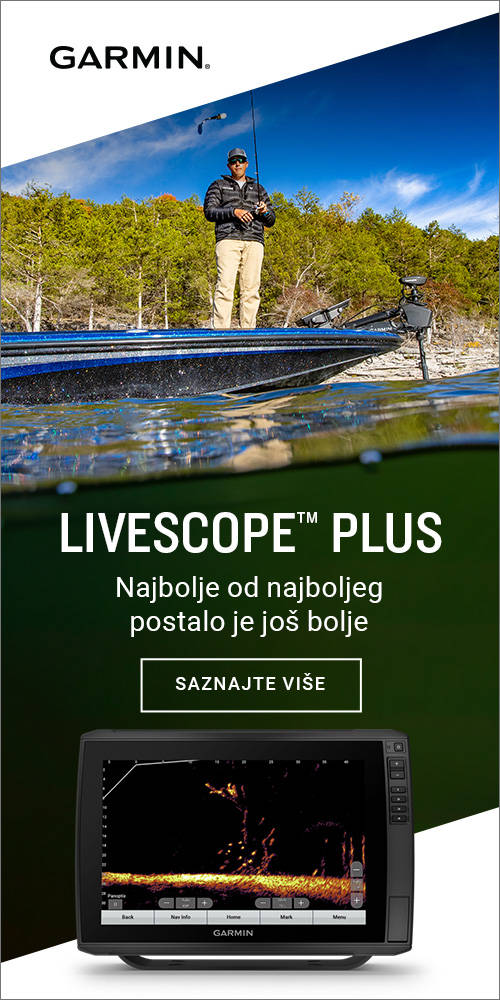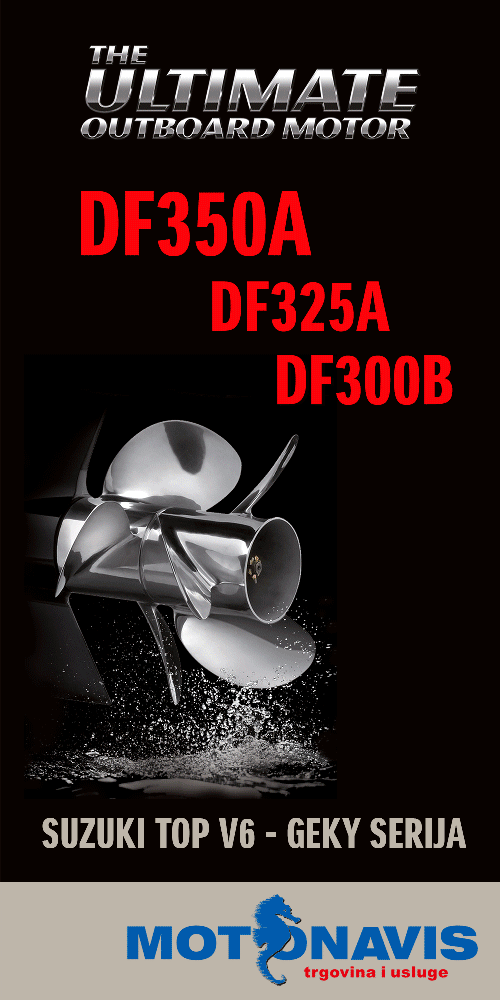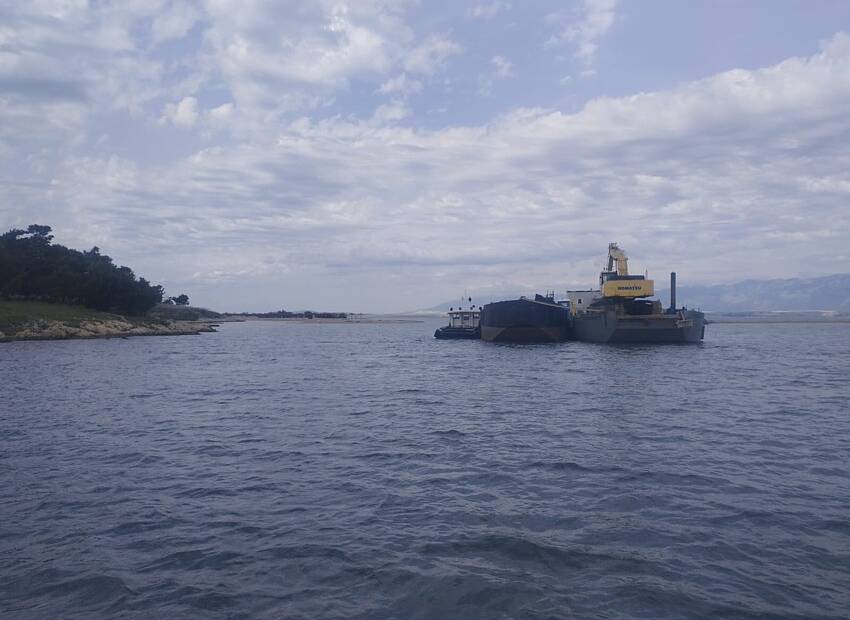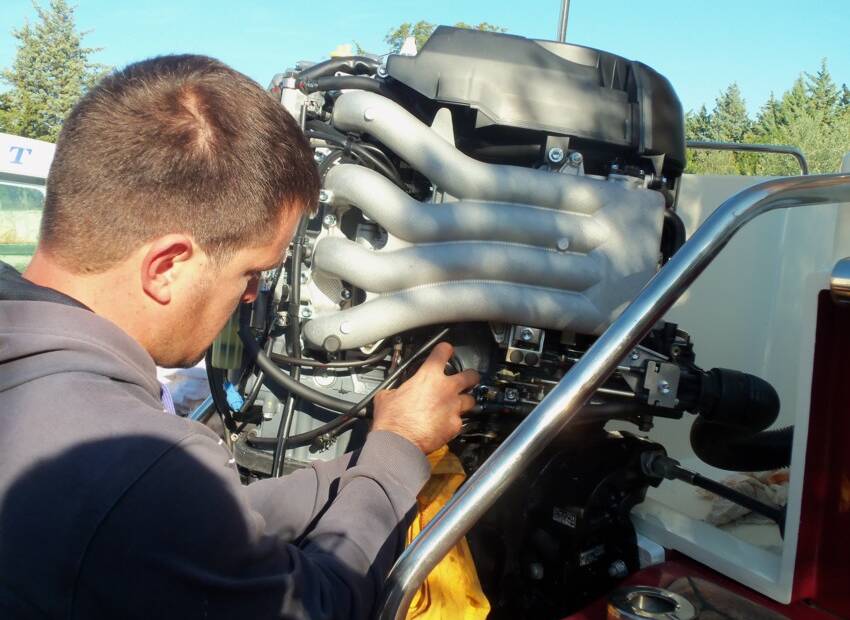Reprinted with permission of BoatTEST.com
Certainly no boat going out of VHF range should be without an EPIRB (Emergency Position Indicator Radio Beacon), and actually no boat at all going offshore should be without one. They are expensive, but ask any of the 253 people they helped to rescue over the last year if they are worth it. They have their limitations, as the adjacent story suggests, but they are the best thing we have and they are far better now than ever before.
On average, world wide, it takes one hour for an EPIRB to get a fix on your position from the old 406 mh, according to Chris Wyler, the technical expert at ACR Electronics, the world’s largest maker of EPIRBS. It could take as long as three hours to register the signal close to the equator because of the routes of the 4 Leosar birds that monitor the EPIRBS. But that is just the beginning, Wyler says. After the ground station finally hears the signal, they must get your position which is accomplished by doppler effect with the old 406 mh EPIRPS and by GPS with the new 406 mh + GPS units then, they must access the EPIRB database and retreive your information and then notify the local SAR station. All of this could take two hours or more. If your EPIRB is not registered, it could take even longer.
Obviously, this is important information for people boating in cold water. There, it is good to have an EPIRB, but that system might be too slow to save you from hypothermia before help arrives.
Basic points to know about EPIRPS:
An EPIRB is a small battery-powered transmitting device that is carried on board the vessel. As the name implies, it is used only in case of emergency and usually only as a last resort when your marine radio is inoperable or out of range.
The basic purpose of distress radio beacons is to get people rescued within the so-called "golden day" (the first 24 hours following a traumatic event) when the majority of survivors can still be saved, depending on water temperature, of course.
There are several types of EPIRB´s. If disaster strikes, some float free and automatically activate; others must be activated manually. All EPIRB’s float and will send out a continual signal for 48 hours. Since EPIRB signals are primarily detected by satellites that pass overhead, occasionally there may be a delay in detection (from one to three hours depending on your latitude) because there is no satellite currently in the area to pick up the signal. Once activated, the EPIRB should be left on to make sure the signal is available for detection by the satellite and for purposes of homing in on your location.
The One You Do NOT Want: The EPIRB that operate on 121.5/243 MHz (category II) are the least expensive and least capable. It is old and unreliable technology. 121 MHz EPIRB’s are being phased out as of February 1, 2009. They may cost around $400.00. These were designed in the 1970´s to alert aircraft flying by. They are not well suited for satellite detection because of the problem of distinguishing them from other signals on the same frequency. Often, multiple passes of the satellites are required to identify the signal, which can definitely delay the rescue. If you have one get rid of it and buy the 406 MHz EPIRB
The one you DO want is the 406 MHz EPIRB (category I) which includes a 121.5 MHz signal which is mainly used for homing. This one is more expensive (around $1400.00).
Additionally, the 406 EPIRB´s signals are coded, allowing non-EPIRB signals to be filtered out. They also provide other valuable information which will help the search and rescue efforts. At the time of purchase you can register your EPIRB and part of the coded signal will include your name, address, phone number, vessel description, and an emergency contact shoreside who will know of your plans and capabilities. Once the satellite picks up the signal and transmits it back, the search and rescue team knows where you are and who you are.
Although EPIRB´s are not require






















